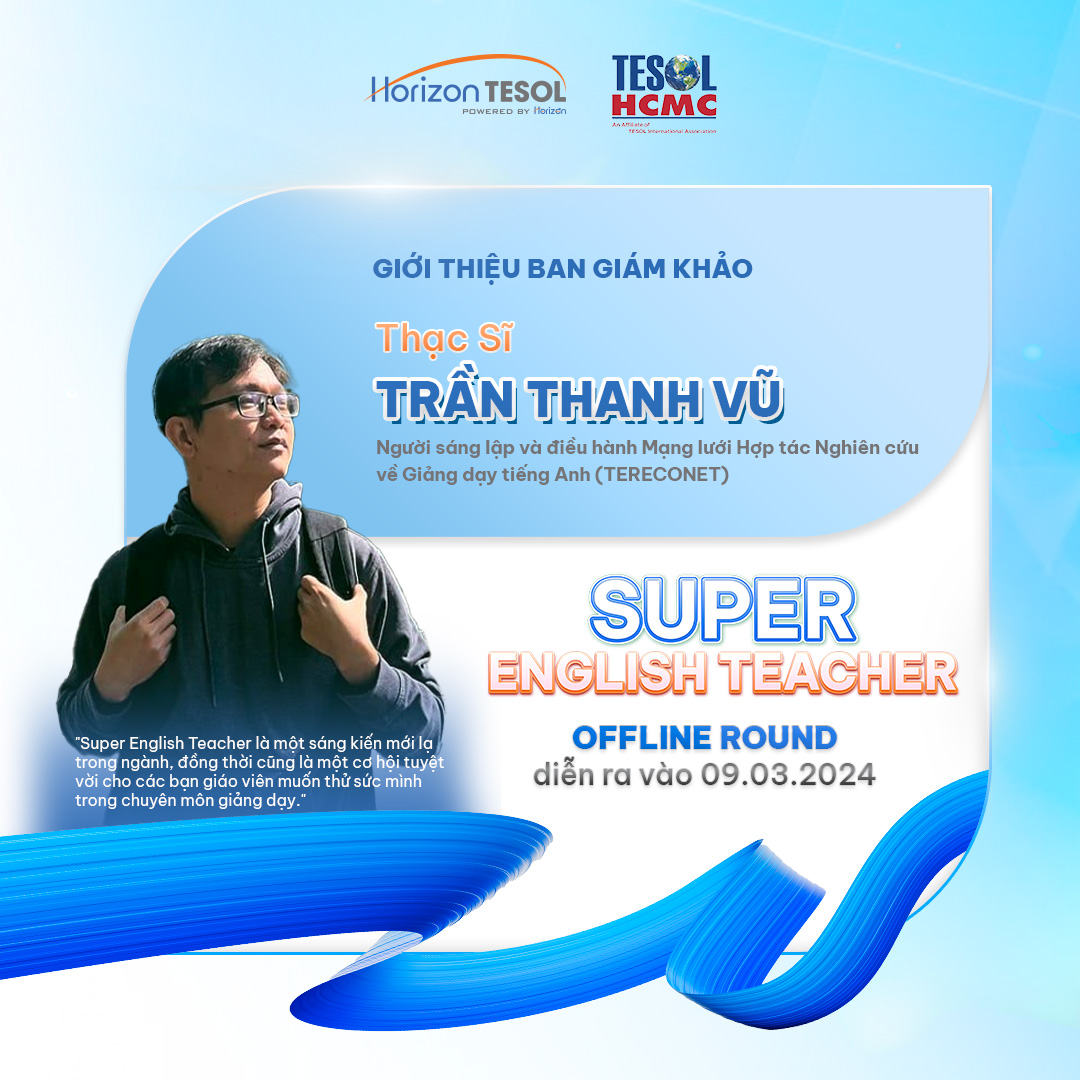This article looks at creative writing and answers a number of questions about the benefits of incorporating a focus on creative writing in the classroom and how to set up activities successfully.
What are the benefits of creative writing in the language classroom?
For language learners in general
There are three areas in which language learners at an intermediate level and above can benefit from creative writing.
Students express themselves and their own ideas. Most teachers would agree that what we want to say, what comes from the heart, we are happier to work on. Creative writing can be very stimulating and a lot of fun.
Creative writing involves playful but rigorous work with language. A lot of people seem to associate creative writing with an “anything goes” mentality. However, in order to produce a good text, poem, short story or dramatic scene, the language needs to be correct and it needs to work.
Creative writing requires greater precision in expression. In order to say precisely what they mean, students have to be very careful in their use of vocabulary and idioms.
For students of literature
For students of literature there are additional benefits.
Creative writing provides alternatives to traditional ways of discussing texts. Writing a dialogue between two protagonists of a novel that is not in the text is not only fun but also requires a good understanding of their motivations and features.
Creative writing can lead to a more profound appreciation of a text. Any student who has tried to write a sonnet, for example, can appreciate what is involved in a sonnet discussed in class.
Discussing work in class improves debating skills and critical reading. In creative writing, an important feature is class feedback on texts students write.

How can creative writing work?
Starting up
Less confident students may feel under pressure to turn in a masterpiece, which may block them in their writing.
Writing
Much of this can happen outside the classroom with the exception of activities that require interaction, for example if two students write alternate lines of a poem in a ‘ping-pong’ writing activity (both partners write, say, a line of a poem, then exchange their sheets and react to what the partner put there, then write the next line of the poem and continue until the text is finished). Students should also be encouraged to rewrite first drafts (which improves the language and the choice of vocabulary).
Presenting and feedback
A very important part of the creative writing process generally is presentation of texts for feedback to be incorporated in re-writes. For language training this opens up a range of possibilities, from suggestions for improvement of the text to group discussions.
What can we write?
There are no limits in creative writing as far as genre is concerned. Students can try short stories, dialogue in short dramatic scenes and poems. The main constraint is time and therefore space: most texts will have to be relatively short.
For this reason it may be useful to focus on poetry as perhaps the most condensed of all the possible genres. It also has the double advantage that the brevity of poems allows us to write a first draft (or much of it) in class and to present a text in class with discussion.
The problem with poetry is that many teachers are uneasy about it because they see it as the most sublime form of writing. For students this is much less of a problem and their writing of poems can become rather impressive once they realise that formal constraints, especially rhyme, are not indispensable for a good poem.
What comes first, reading or writing?
When we use creative writing for “creative” reading, one of the central issues is what comes first, reading or writing.

Reading first
Obviously this depends on the activity. If we try an activity like making characters of a narrative of a play meet “outside the text”, we clearly need to know the text, the characters and their circumstances well before we can write about such a meeting. The same is true if students are asked to write a “what-would-have-happened-if” ending.
Writing first
On the other hand, if we want to get students to write a text similar to a literary one, either formally or in terms of ingredients (characters, scenes, conflicts, experiences, etc.) the case is less clear: should students write first and then compare their results with the literary text or should they study the text and then write their own? The second approach may not work very well here. The canonical text may dominate too much, and the student result may be just a weak copy or, worse. However, very interesting work may result if the students explore a theme, conflict; or experience and then consider how an established writer has dealt with the same theme, conflict or experience.
So, creative writing …
- is not the only way to breathe new life into a language class; but provides interesting, lively opportunities for language practice.
- is not uncontrolled and uncontrollable verbal doodling but requires precision and accuracy in expression and vocabulary.
- is not writing about anything and everything but allows us to focus on specific ideas, forms or literary texts
- is not intimidatingly out of reach for most of us; but creates opportunities for students to explore their language and their imagination
- is not a substitute or a replacement for oral communication; but represents a lively, stimulating way to give new meaning to a somewhat lesser-used language skill.
Briefsource: Teaching English
Tham khảo các khóa học tại đây.
Bài viết liên quan








